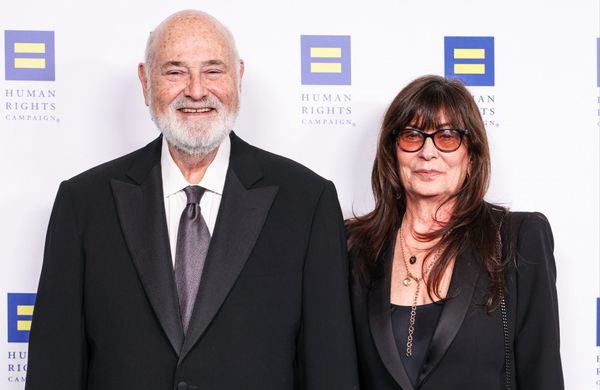
In a 2022 interview, Meta Platforms (META) CEO Mark Zuckerberg outlined a bold vision: by the end of the decade, the company aimed to have around a billion people in the metaverse, each engaging in hundreds of dollars of commerce. In that interview, Zuckerberg talked about people building their own avatars, then spending currency on in-game items like clothes, virtual concerts, and houses, creating a “massive economy around this.” CNBC’s Jim Cramer said at the time it “could be [worth] trillions,” speculating the napkin math around a “$3-4 trillion economy in the metaverse.”
As of May 2025, this vision remains a work in progress, with significant strides made alongside notable challenges. Meta is one of the few major tech companies where virtual reality and the metaverse are still a priority, with many trillion-dollar tech companies abandoning the area. Meta, however, is potentially uniquely positioned to capitalize, as one of their most valuable “assets” is the billions of people around the globe using their products.
User Adoption and Engagement
The metaverse has seen substantial growth, with approximately 700 million monthly active users worldwide in 2025. This number, however, includes popular games like Fortnite, Roblox (RBLX), and Minecraft. The number of users of virtual reality is substantially smaller. Currently, Meta’s Quest 3 and 3s sold an estimated 605,000 headsets in Q1 of 2025. A substantial number, but far from the scale needed to reach a billion users by the end of the decade.
Don’t Miss:
Metaverse games like those listed above have actually become the most popular titles in recent years, and have held their appeal throughout this period. Fortnite has never dipped below 1 million daily active users, and hit its all-time peak just 5 months ago at 14.3 million daily active users despite being out for years now. Minecraft has been out for 26 years, and is still one of the most popular games in the world, with about a million daily active users and over 220 million active players.
Meta's own platforms, such as Horizon Worlds, have experienced fluctuating engagement levels. While the company continues to invest heavily in virtual reality (VR) and augmented reality (AR) technologies, widespread adoption remains a hurdle.
However, there have been some notable wins. For example, recent games like Gorilla Tag became the first VR game to hit 1 million daily active users. And Meta’s RayBan AR glasses have sold 2 million units so far, and were described on its Q4 2024 earnings call as a “great success.” Meta plans to ramp up production by 20 million units by the end of 2026, implying they expect strong demand for the product to continue.
Commerce within the metaverse is expanding, though it hasn't yet reached the scale envisioned by Zuckerberg. The global metaverse commerce market is projected to grow significantly, with estimates suggesting it could reach $364.2 billion by 2034.
Platforms like Roblox have introduced features allowing users to purchase physical goods within virtual environments, blending digital and real-world commerce. This integration offers new monetization opportunities and enhances user engagement.
Meta's Financial Commitment
Meta has invested heavily in its metaverse initiatives through its Reality Labs division. Despite these investments, the division reported significant operating losses, totaling around $60 billion since 2020. Nonetheless, Meta remains committed to its long-term vision, viewing 2025 as a pivotal year to demonstrate the viability of the metaverse.
Advancements in artificial intelligence (AI) have played a crucial role in enhancing metaverse experiences, from improving avatar realism to personalizing user interactions. However, challenges persist, including issues related to scalability, interoperability between platforms, and user accessibility.
Meta's focus on developing its own hardware, such as the Quest series of VR headsets, aims to provide seamless integration between devices and the metaverse. Yet, achieving mass-market adoption remains a significant challenge. Meta’s Reality Labs reported peak revenue of about $2.274 billion in 2021, which steadily declined to a low of $1.9 billion in 2023. Fortunately, things have slowly been improving with $2.15 billion in 2024. This is a drop in the bucket towards Meta’s overall revenue numbers, reaching over $164 billion in 2024. The numbers look even worse when considering Reality Labs often loses double the revenue it generates each quarter.
So while there have been some major strides toward Zuckerberg’s billion-person metaverse, he is still a long way from hitting his goals. But with billions in revenue and some unique expansions like Meta’s RayBan AR glasses, there’s certainly some new and innovative progress being made on this front.







